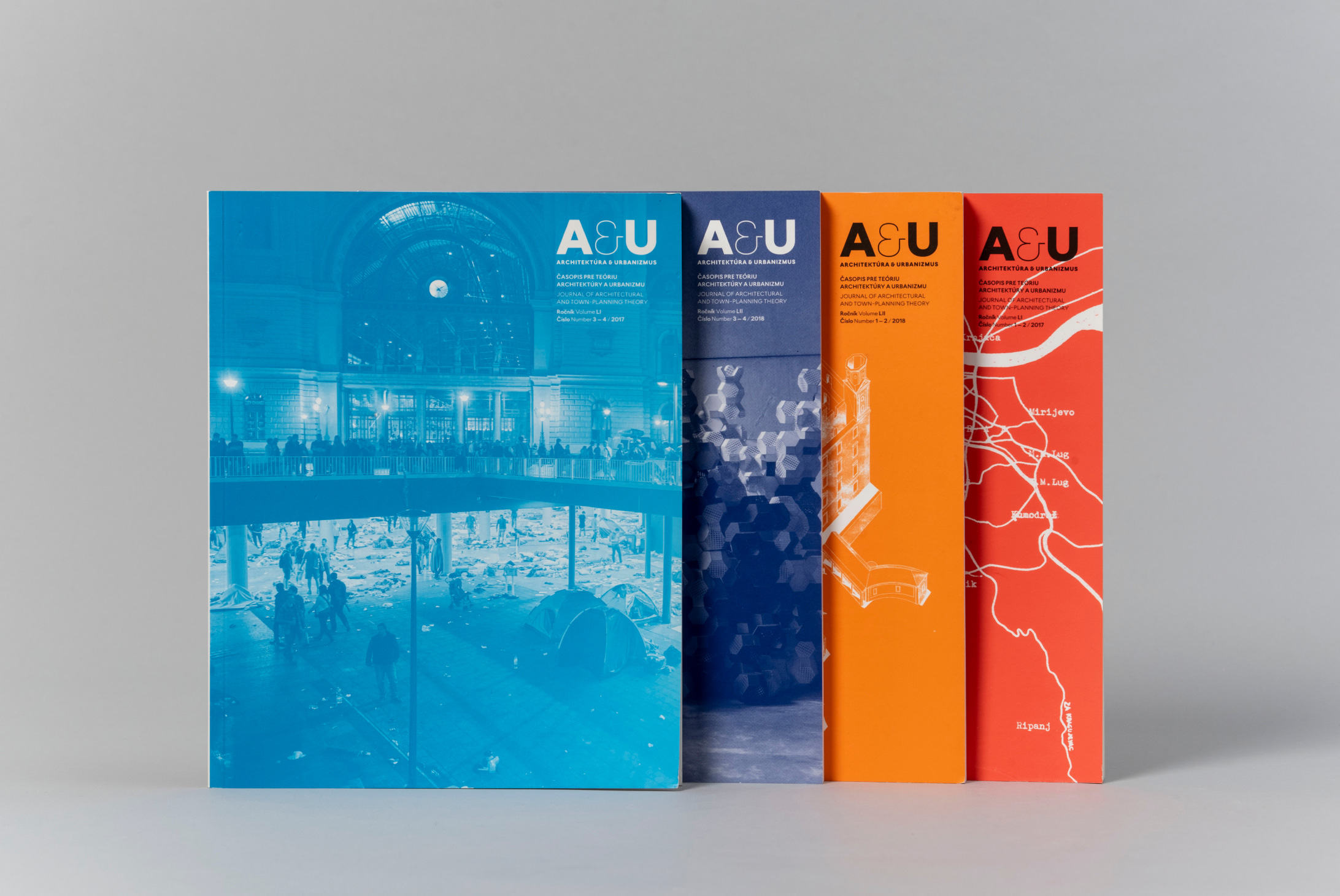On 21 June 2021, just short of 86 years of age, the historian and theorist of architecture, teacher and translator, longstanding collaborator with the present journal and our dear friend, Docent Ing. arch. Pavel Halík, CSc, died. He was born in 1935 in Stržanov, not far from Žďár nad Sázavou and its famous pilgrimage church to St. John of Nepomuk by Jan Blažej Santini. In fact, he regularly visited Santini’s church with his parents in his childhood, even serving as an altar boy during mass, as he later liked to recount. His lifelong theme, however, was not the Baroque but modern and contemporary architecture, and at the start of his scholarly career even more significantly modern urban planning. This latter interest was evidently first stimulated by one of his professors at the Faculty of Architecture at the Czech Technical University (ČVUT) in Prague, urban planner Jindřich Krise, for whom he also worked as an assistant after graduation. Pavel Halík never assumed the career of a practicing architect; his reflective nature led him to the theoretical observation of this profession, and to penetrating analyses of work both domestic and international. His great passion was discussion, not only about architecture but reaching into wide areas of culture and art, which he knew in equal depth to his own field. In the mid-1960s, Pavel Halík joined the multidisciplinary team of the Cabinet of Architectural Theory at the Czechoslovak Academy of Sciences, which after many organisational shifts became part of the current Department of Art History, and worked there up until the new millennium. His pedagogical activity, paradoxically, started during his three-year stay in Oran, Algeria. At the start of the 1990s he began teaching at the architectural department of the Academy of Fine Arts, lectured at the summer school of urbanism in Paris and then, up until 2019, taught at the Faculty of Art and Architecture at the Technical University in Liberec.
Pavel Halík began to form his view of architectural development in the mid-1960s, at the moment when Czech (and understandably as well Czechoslovak) architecture had already fully rejoined the mainstream of international Modernism. Halík always spoke with respect about his modernist teachers. His wonderful later overview of Le Corbusier’s canonical Towards a New Architecture formed his tribute to the founding generation of modern architecture. No less of a worthy act was his thorough and trenchant analysis of the forced interruption of modern development through the imposition of historicist Socialist Realism, which he included in his discussion of Czech architecture in the 1950s (in his History of Czech Fine Art, vol. 5). All the same, his evaluation of modernism, particularly in its urbanistic manifestations, was critical even before the Czech profession began to register the echoes of postmodernist theories. His characterisation of modern urban design as a composition of masses in an open, neutral space drew attention to the weakening of the identity of specific localities, of the perception of urban situations from a human perspective, and of their social and cultural significances (as he first formulated in articles published in the present journal). These forgotten aspects were, in turn, found in Christian Norberg-Schulz’s Genius Loci, which he helped, with the present author, to translate into Czech. (This joint effort, paradoxically, was initially circulated in samizdat, thanks to its significantly un-Marxist conception, until in the 1990s it could finally appear as a printed book.)
Pavel Halík further expanded his ideas of urban form in later publications, such as his volume Architektura a město (Architecture and the City) from 1996 or his university textbook Morfologie města (Morphology of the City). For me, it was an honour to work with him in these publications, as much as on the Czech translation of Kenneth Frampton’s Modern Architecture – A Critical History, or his reflections on recent domestic work in his book Česká architektura 1989 – 1999 (Czech Architecture 1989-1999). Additionally, Halík was the author of dozens of expert reviews of recently completed buildings published throughout Czech-language architectural journals. His interpretations and evaluations were invariably exceptional in the precision of their formal analysis and in their ability to see a building in its wider context, whether of cultural development or its immediate urban situation. His deep knowledge of the history of modern architecture allowed him to uncover connections across time and offer a fitting diagnosis of the place of the building being evaluated within the coordinates of international architectural work. In his writings on contemporary architecture, we find few harsh condemnations: he tended to choose the objects of his interest to reveal positive starting points, since architecture was a matter that he loved and whose fate was close to his heart. Pavel Halík lived for architecture, for thinking and talking about it. As such, our public architectural debates will greatly miss his views and voice.
Petr Kratochvíl









